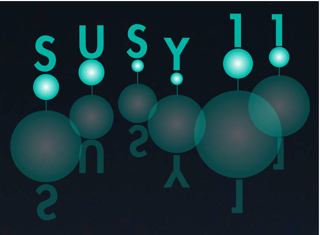Speaker
Dr
Warren Huelsnitz
(LANL)
Description
The MiniBooNE experiment at Fermilab observed an excess of electron antineutrino events in a beam of muon antineutrinos, consistent with oscillations in the 1.0 eV2 ∆m2 range, and also consistent with the evidence for antineutrino oscillations from the Liquid Scintillator Neutrino Detector at Los Alamos National Laboratory. Oscillations at this mass scale are not compatible with the conventional neutrino oscillation model based on the interference of just three mass eigenstates. One possibility is that mixing with one or more sterile neutrinos acting as an intermediary is occurring, and that the heavier mass eigenstate is associated with these sterile neutrino(s).
Models involving sterile neutrinos, and possibly CP or CPT violation, predict large muon antineutrino disappearance. If this disappearance could be confirmed, it would provide strong support for the existence of sterile neutrinos. Alternatively, further constraining the limits on muon antineutrino disappearance constrains models with sterile neutrinos, non-standard interactions, extra dimensions, and/or CPT violation. We will discuss the results of recent muon neutrino and antineutrino disappearance analyses using data from MiniBooNE. We will also discuss the status of a joint analysis using data from MiniBooNE and SciBooNE. The SciBooNE detector was located along the Booster Neutrino Beamline, nearer to the target than MiniBooNE, and operated concurrently with MiniBooNE during part of 2007 and 2008. Hence, data from SciBooNE can be used to further constrain flux and cross section uncertainties.
